The Secret of The Mona Lisa Finally Revealed Posted by Geoff on May 2, 2014 in Uncategorized
In March this year an astonishing document was uncovered during the restoration of a small pen and ink sketch by Leonardo da Vinci. The document, which seems to have been used to reinforce the back of the sketch, turned out to be a newspaper article written in 1507 and containing an interview with Da Vinci himself.
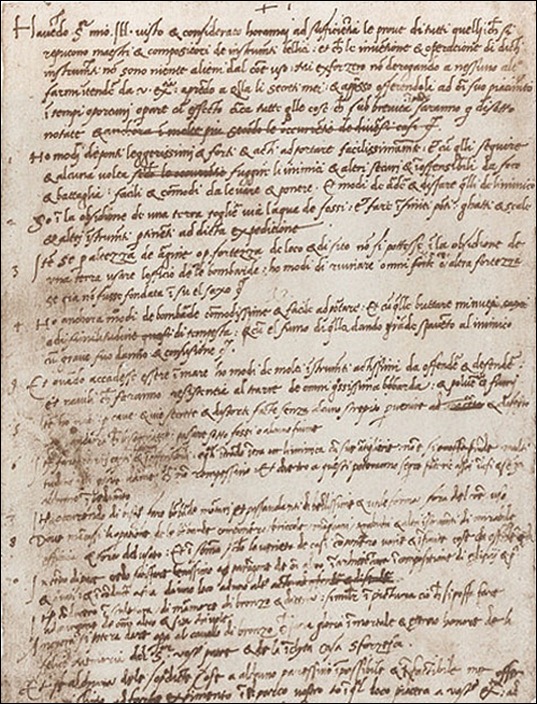 |
| The Da Vinci document which was discovered in March 2014 |
In the interview Da Vinci discusses, amongst other matters, his famous portrait La Gioconda, better known as La Mona Lisa. A close friend of ours, who works at the Uffizi in Florence, has kindly loaned us a copy of the article. Here is our exclusive translation into contemporary Italian of the conversation which took place between journalist Caio Sempronio and Da Vinci on the 2nd of May 1507:
Sempronio: Buongiorno Signor Da Vinci, la ringrazio per avermi concesso questa intervista
Good day Mr. Da Vinci, thank you for having granted me this interview
Da Vinci: Si figuri, non c’è di che
Think nothing of it
Sempronio: Ci potrebbe dire qualcosa sulle opere a cui sta lavorando in questo periodo, per favore? C’è qualche opera in particolare di cui vorrebbe parlare?
Could you tell us something about what you are working on at the moment please? Is there any particular work of art that you’d like to talk about?
Leonardo: In verità, non ho molta voglia di parlare della mia pittura in questi giorni … in effetti, mi sento un po’ giù
To be honest, I don’t really feel like talking about my paintings at the moment … actually, I’m feeling a bit low
Sempronio: Ci potrebbe spiegare perché? È successo qualcosa di specifico?
Would you mind explaining why? Has anything specific happened?
Leonardo: Beh, sì, è successo che ho appena buttato via un quadro su cui avevo lavorato per più di tre anni … è stata una brutta esperienza!
Well yes, what’s happened is that I’ve just thrown away a painting that I was working on for three years … it was a horrible experience!
Sempronio: Devo ammettere che questa notizia mi sorprende moltissimo, dato il suo ben noto genio … cioè non avrei mai immaginato …
I have to admit that this news really surprises me, given your well known genius … that is, I’d never have imagined …
Leonardo: Basta così, la vicenda è finita … avrebbe dovuto essere il mio quadro più bello di sempre, invece …. è un obbrobrio!
That’s enough, the story is over … it should have been my most beautiful painting ever, instead … it’s an eyesore!
Sempronio: Senz’altro sarebbe molto interessante per i nostri lettori comprendere meglio le tribolazioni di un grande maestro come lei. Posso pertanto suggerirle di spiegarci più precisamente come mai è ‘fallito’ questo quadro?
It would certainly be very interesting for our readers to better understand the tribulations of a great master such as yourself. Could I therefore suggest that you explain to us more clearly in what way this painting has ‘failed’?
Leonardo: Allora, sì, ha ragione, la gente pensa che sia una cosa facile per un genio produrre una marea infinita di opere d’arte … invece no, a volte anche per me le cose vanno storte. Prenda questo quadro per esempio … il concetto era semplice: una bellissima donna seduta davanti ad un classico paesaggio Toscano … punto e basta!
Well yes, you’re right, people think that it’s easy for a genius to produce an endless stream of works of art … but it’s not, sometimes things go wrong for me as well. Take this painting for example … the concept was simple: a beautiful lady sitting in front of a classic Tuscan landscape, full stop!
Invece no! Fin dall’inizio problemi, sempre problemi con gli occhi. Piangeva continuamente, lei, sempre con gli occhi pieni di lacrime … e poi starnutiva … sempre con i fazzoletti bagnati nascosti nelle maniche. D’inverno stava meglio, ma faceva troppo freddo per stare fuori a lavorare sul ritratto in giardino. Quindi aspettiamo il bel tempo, ed ecco, appena arriva la primavera la signora comincia di nuovo a piangere, a soffiarsi il naso …
But no! Problems right from the very beginning, always problems with the eyes. She cried all the time, always with her eyes full of tears … and she sneezed … she always had soggy handkerchiefs hidden up her sleeves. In the winter she was better, but it was too cold to sit outside in the garden and work on the portrait. So we wait for the nice weather, and here we go, as soon as the spring comes the lady starts crying again, blowing her nose …
Per farla breve, dopo tre anni di questa storia mi sono arreso … basta, non ne posso più! ho gridato … torno a casa, il quadro lo butto nella pattumiera, e me ne vado nello studio ad inventare un elicottero o un sottomarino, cose semplici che non piangono o starnutiscono mai ….
To cut a long story short, after three years I gave up … enough, I can’t carry on! I shouted … I go home, throw the painting in the bin, and go off to the studio to invent a helicopter or a submarine, simple things that don’t ever cry or sneeze …
Here the article ends. It seems that there were probably several more pages, but who knows what became of them, perhaps a shortage of toilet paper caused them to be put to other uses. As for La Gioconda however, theory has it that Leonardo’s donna delle pulizie (cleaning lady), Alessia della Zoccola, rescued the failed painting from the bin and used it for many years as a tablecloth before her husband carted it off in order to fix a whole in the chicken hut roof. When the chicken hut finally collapsed in 1683, Alessia’s grand daughter took the ‘pretty painting of a crying lady’ as she called it, up to her bedroom, where it remained hidden at the back of the closet until it was discovered many years later, in rather dilapidated condition, by the great art historian Aichi Gruboggio who happened to be staying overnight with the family whilst passing through the area in search of lost renaissance treasures.
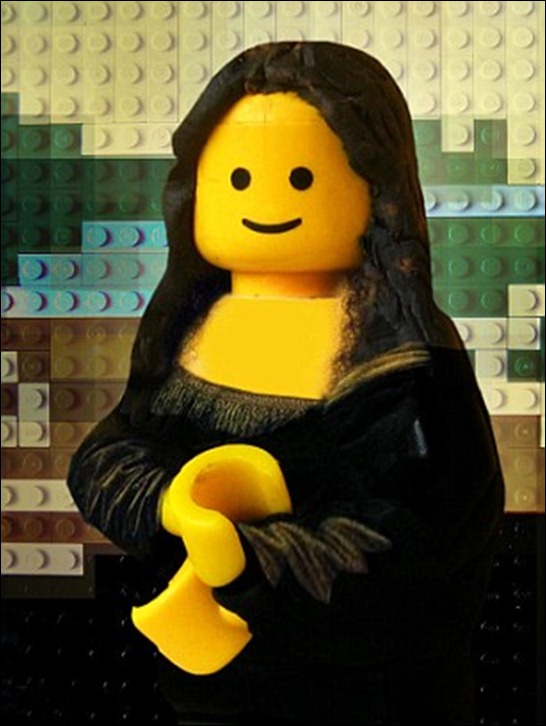 |
| Hands up who knew that Leonardo Da Vinci invented Lego … |
Scientists now believe that La Gioconda suffered from an illness little understood in Leonardo’s day … common or garden hay fever. Who knows, if nasal sprays had been available in the early 1500’s perhaps La Gioconda would have turned out to be the great work that Leonardo envisioned.
Now dear readers, which other Italian blog brings you such exclusive insights from the world of Art History?

Build vocabulary, practice pronunciation, and more with Transparent Language Online. Available anytime, anywhere, on any device.



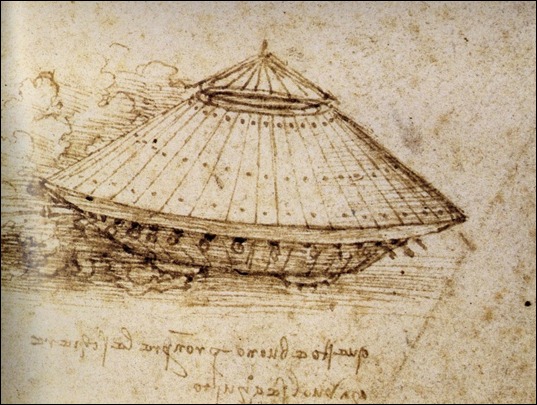

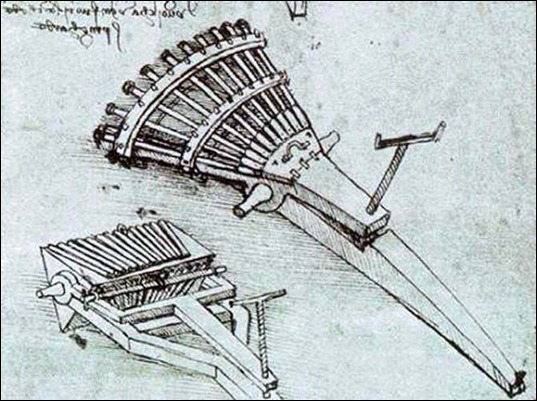

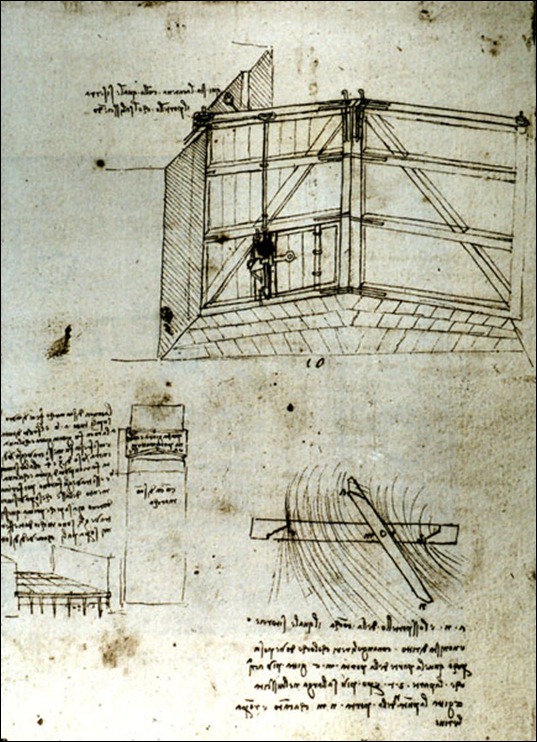

Comments:
William Auge:
This story is so mind boggling I have to write in English! I kept waiting for this to turn out to be a spoof. My whole concept of the early 15th century has been radically changed. The idea of some sort of newspaper at that time and an interview with Leonardo like you would read in a magazine today is incredible. It also shows the celebrity status the great artist and thinkers at that time achieved. Of course what Leonardo says in the interview is just as incredible.
Your blog is the best Italian blog!
Take care, Bill
Geoff:
@William Auge … now I’m not sure if your reply is a spoof or not … you did realise that the blog IS a spoof didn’t you?
Thanks for your comment Bill, it’s nice to know that the hard work is appreciated. It’s not always easy to come up with original material. What do you think about more interviews with famous Italian personalities from the past, it could be fun, vero?